
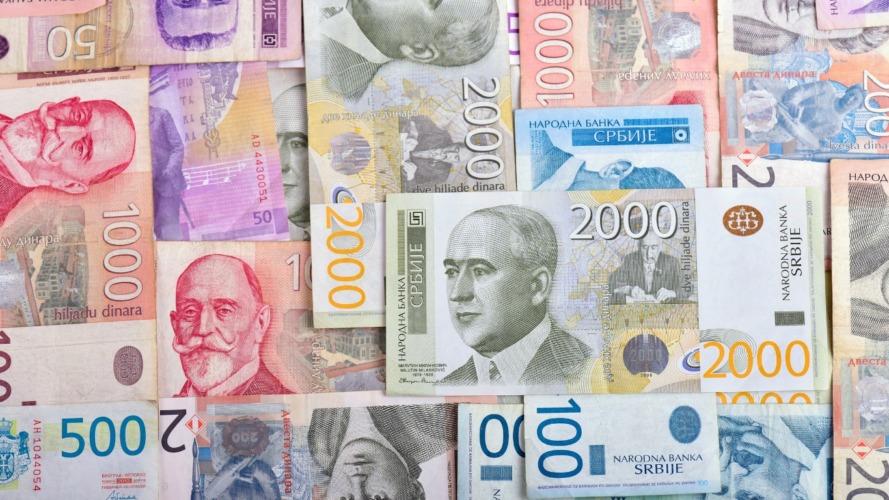
Banknotes are not just a means of payment – they are small history books that pass through our hands every day. When we look at Serbian dinars, we see the faces of people who shaped Serbian science, art, literature, politics, and culture. Each banknote is a tribute to their work and legacy, and a reminder of the nation’s heritage.
10 Dinars – Vuk Stefanović Karadžić
The reformer of the Serbian language and script, Vuk Stefanović Karadžić (1787–1864) introduced the famous phonetic rule: “Write as you speak, read as it is written.” He simplified the Serbian alphabet and laid the foundation of modern literacy.
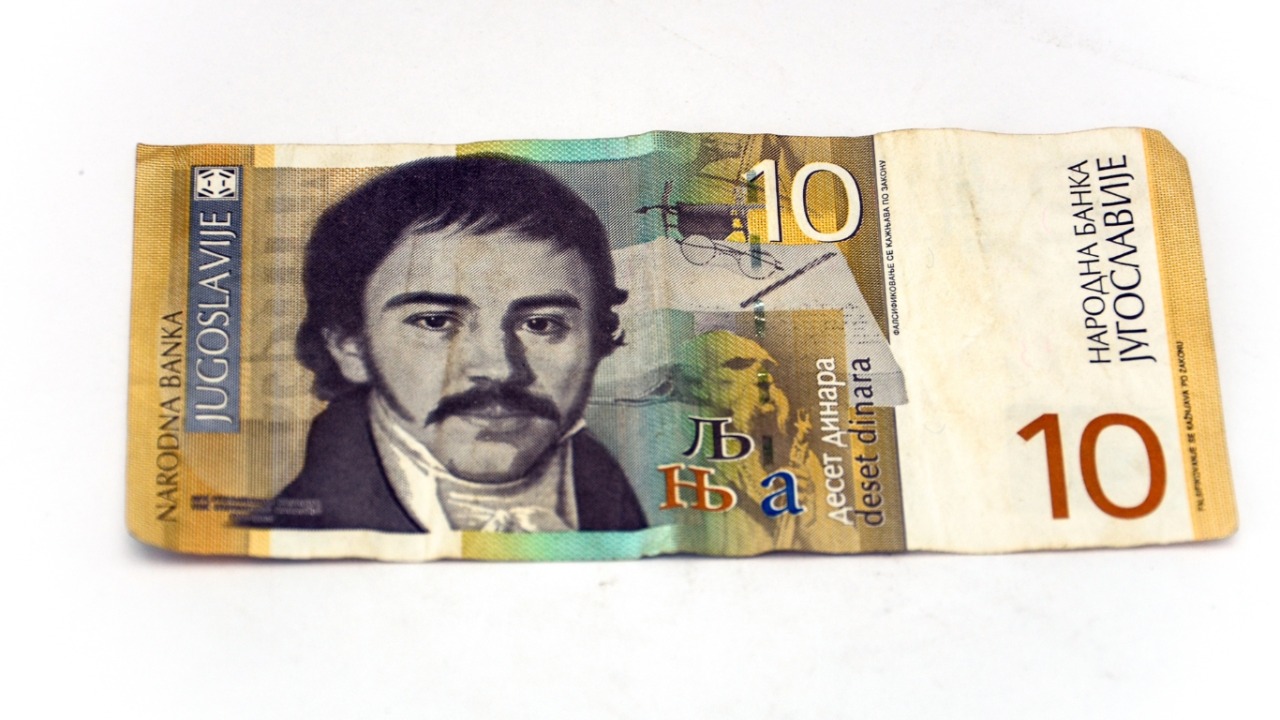
He also collected and published Serbian folk tales, songs, and proverbs, giving Europe a window into the richness of oral tradition. His portrait on the 10-dinar note reminds us that language is the soul of a nation.
20 Dinars – Petar II Petrović Njegoš
Njegoš (1813–1851) was the ruler of Montenegro, but also a poet and philosopher whose masterpiece The Mountain Wreath remains one of the most important works in South Slavic literature.
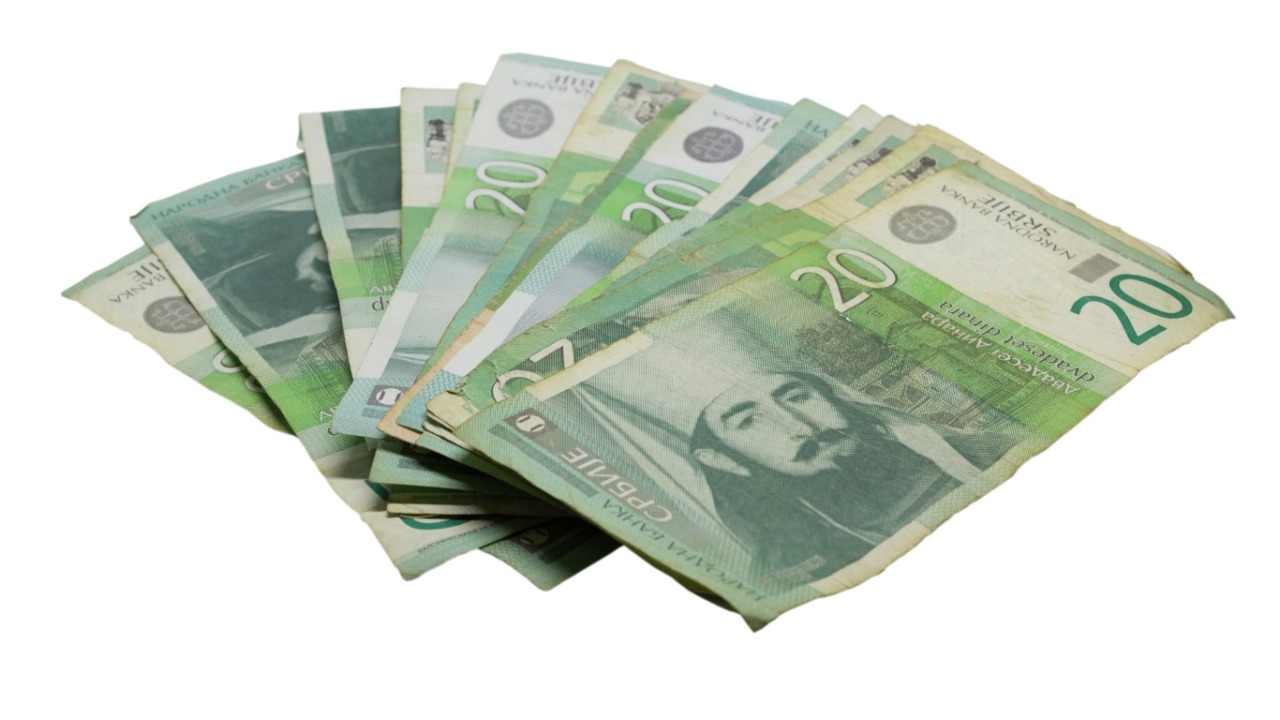
As both a political leader and a man of letters, he balanced the defense of his people with deep philosophical reflection. The 20-dinar note featuring Njegoš represents freedom, culture, and spirituality.
50 Dinars – Stevan Stojanović Mokranjac
Known as the “Father of Serbian music,” Mokranjac (1856–1914) was a composer, conductor, and teacher. He is most famous for his Rukoveti (Garlands), a cycle of works based on folk melodies that he turned into masterpieces of choral art.
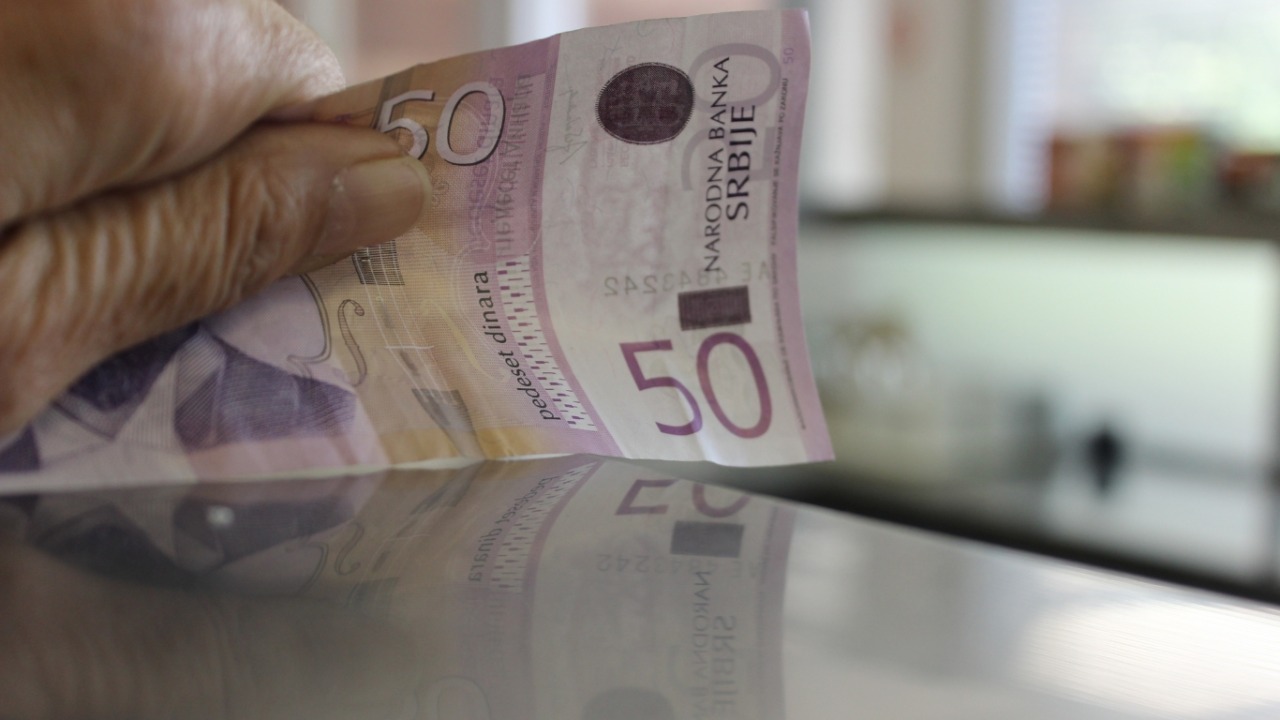
As the conductor of the Belgrade Singing Society, he elevated Serbian choral music to an international level. The 50-dinar note with his image celebrates music as one of the pillars of Serbian identity.
100 Dinars – Nikola Tesla
Nikola Tesla (1856–1943) is one of the greatest inventors in history, whose discoveries in electricity, alternating current, and wireless energy transmission changed the world forever. A visionary far ahead of his time, Tesla dreamed of a future where energy would be free and available to everyone. A
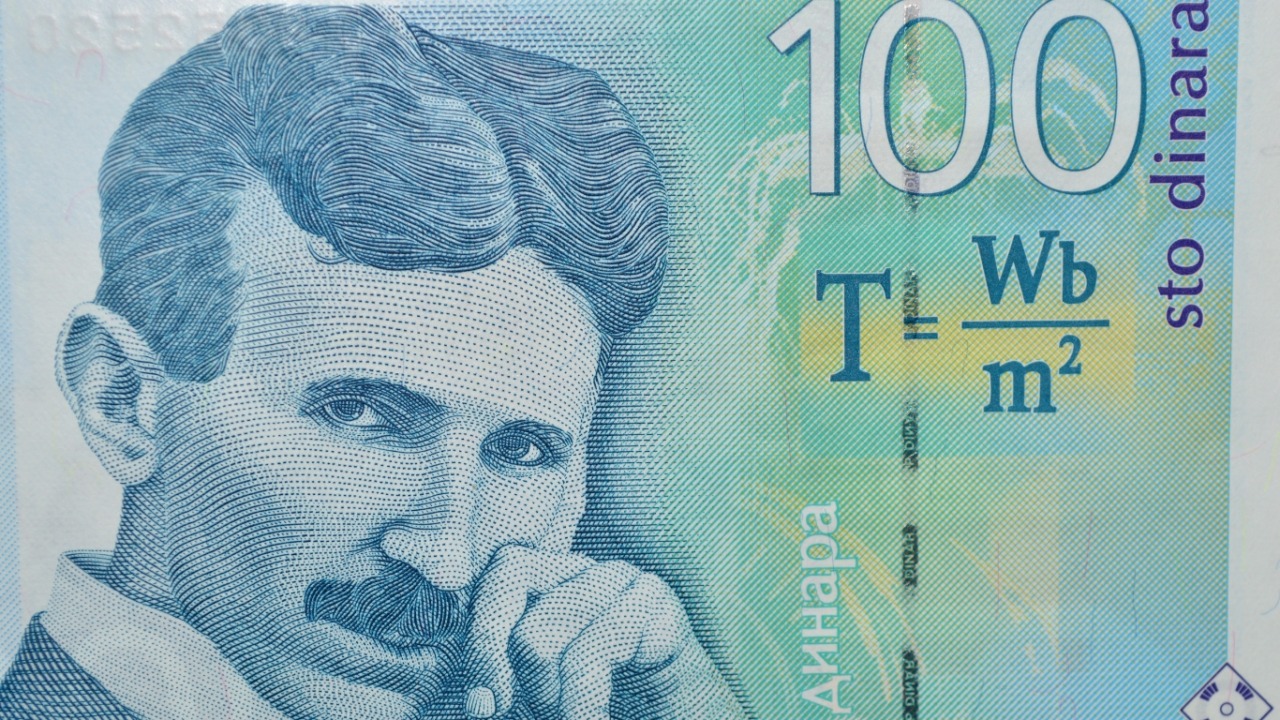
lthough he died in modest circumstances, his legacy powers our modern world. The 100-dinar banknote honors this universal symbol of genius and innovation.
200 Dinars – Nadežda Petrović
The first woman to appear on Serbian currency, Nadežda Petrović (1873–1915) was both a painter and a heroine. Trained in Munich, she introduced impressionism and expressionism into Serbian art, while also remaining rooted in local traditions.
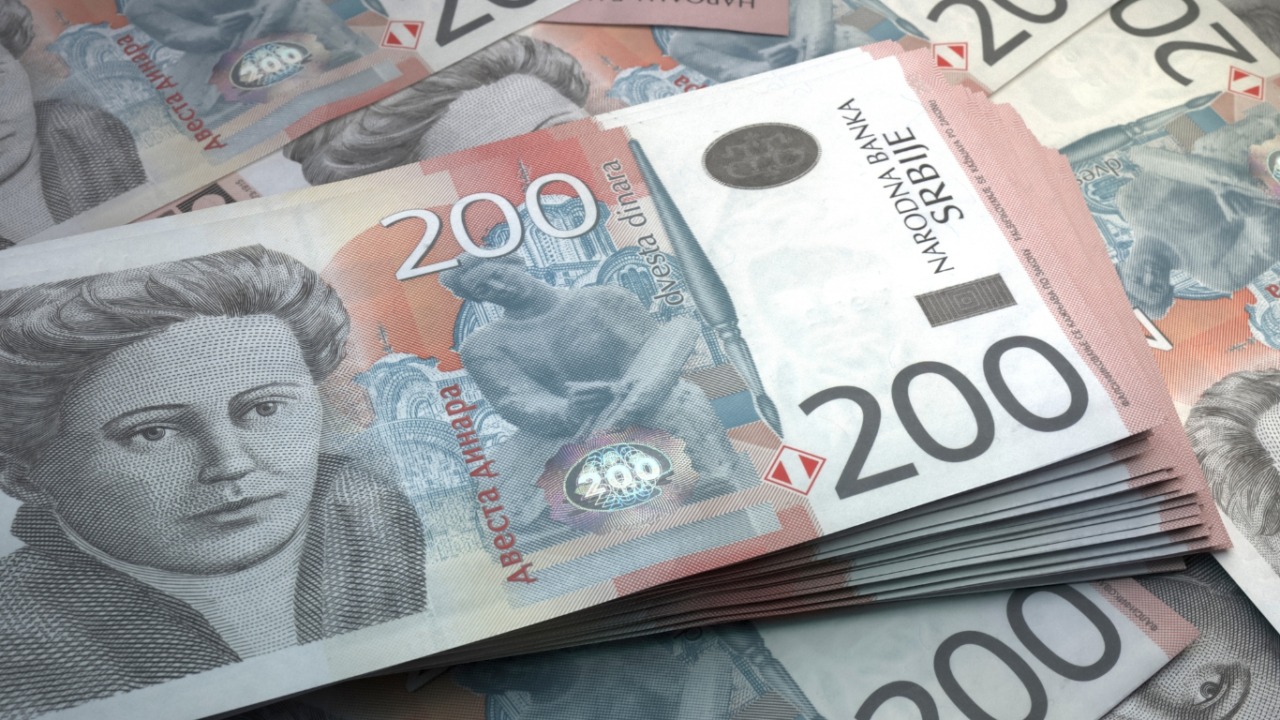
She co-founded the art society Lada and is considered one of the most important Serbian modernist artists. During the Balkan Wars and World War I, she served as a volunteer nurse and died of typhus on the front lines. The 200-dinar note reflects both her artistic brilliance and her selfless sacrifice.
500 Dinars – Jovan Cvijić
Jovan Cvijić (1865–1927), geographer, ethnologist, and president of the Serbian Royal Academy, laid the foundations of geography in Serbia. His studies of the Balkans, population migrations, and karst relief are still considered pioneering works.
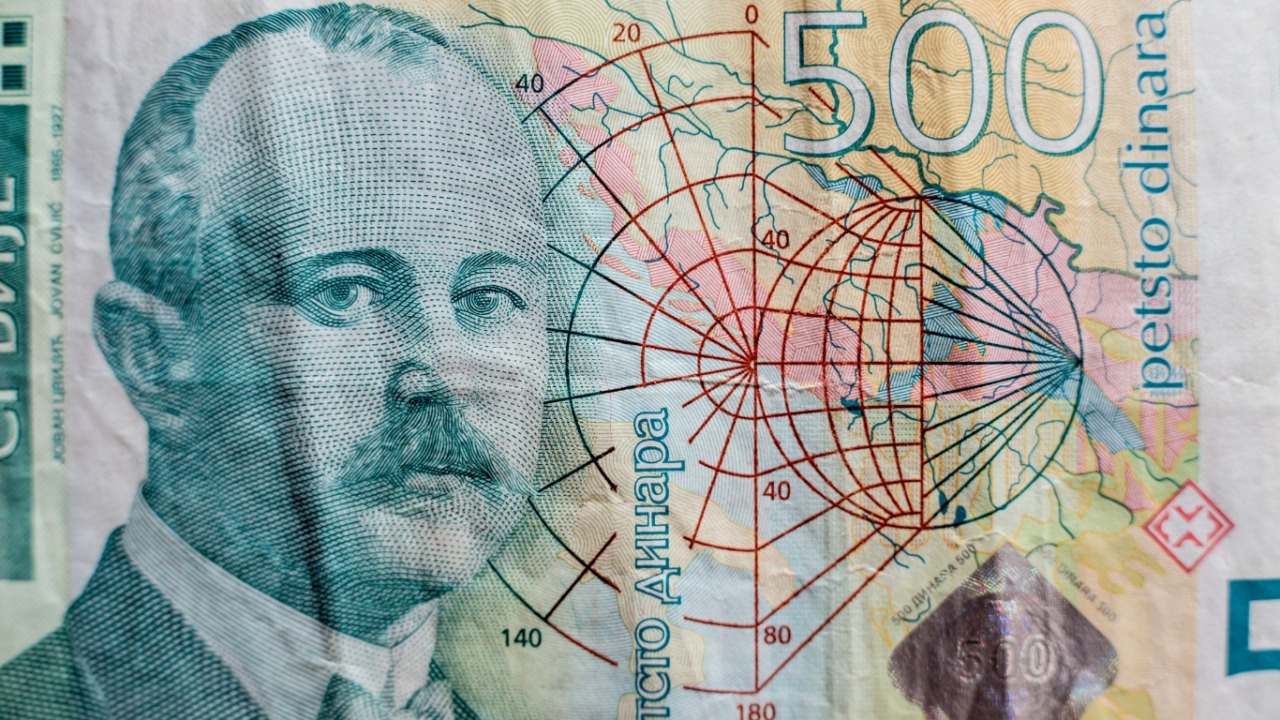
As a professor, he was known for his inspiring lectures and influence on generations of students. His portrait on the 500-dinar note represents the importance of science in understanding not only the land but also people and cultures.
1,000 Dinars – Đorđe Vajfert
One of Serbia’s greatest industrialists and philanthropists, Đorđe Vajfert (1850–1937) was of German origin but devoted his life to Serbia. He developed mining, founded the country’s first modern brewery, and invested heavily in economic modernization.
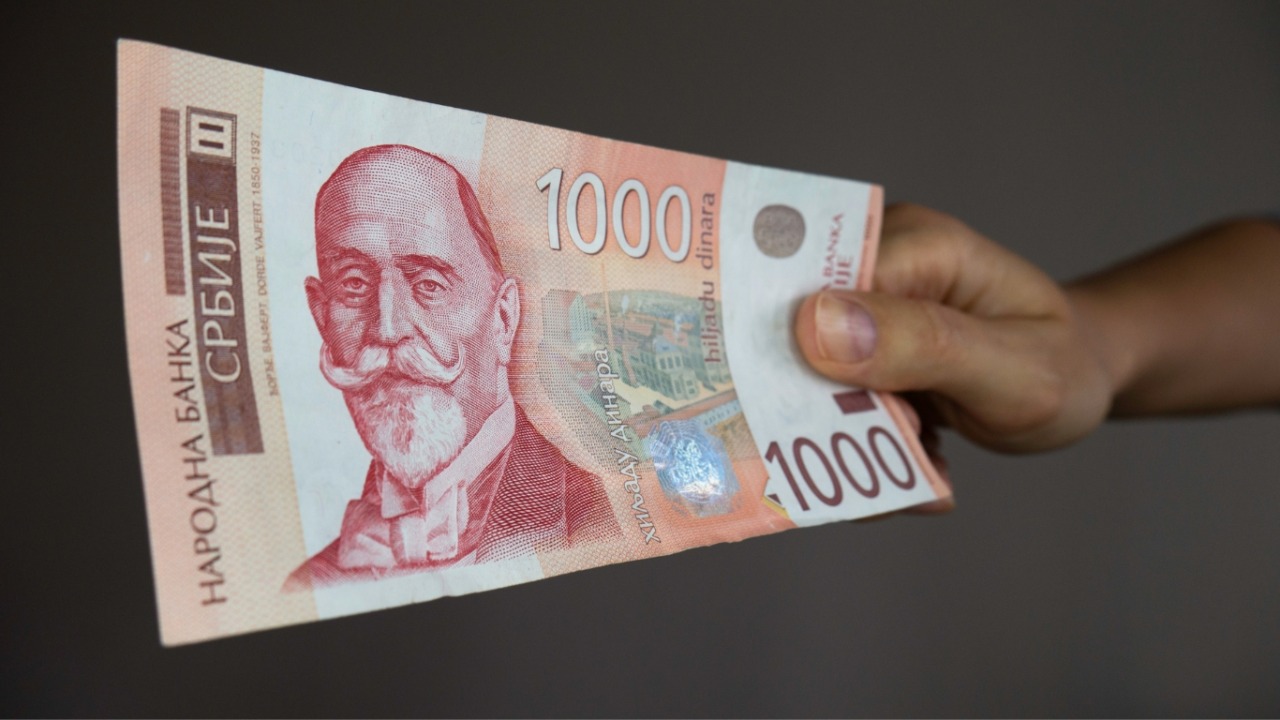
As the governor of the National Bank of Serbia, he stabilized the country’s finances. He was also a generous benefactor, funding schools, churches, and cultural institutions. The 1,000-dinar note reflects both his entrepreneurial spirit and his philanthropy.
2,000 Dinars – Milutin Milanković
Milutin Milanković (1879–1958) was a mathematician, astronomer, and climatologist of global renown. His groundbreaking theory on long-term climate change, known as the Milankovitch Cycles, explains ice ages and remains crucial to modern climate science.
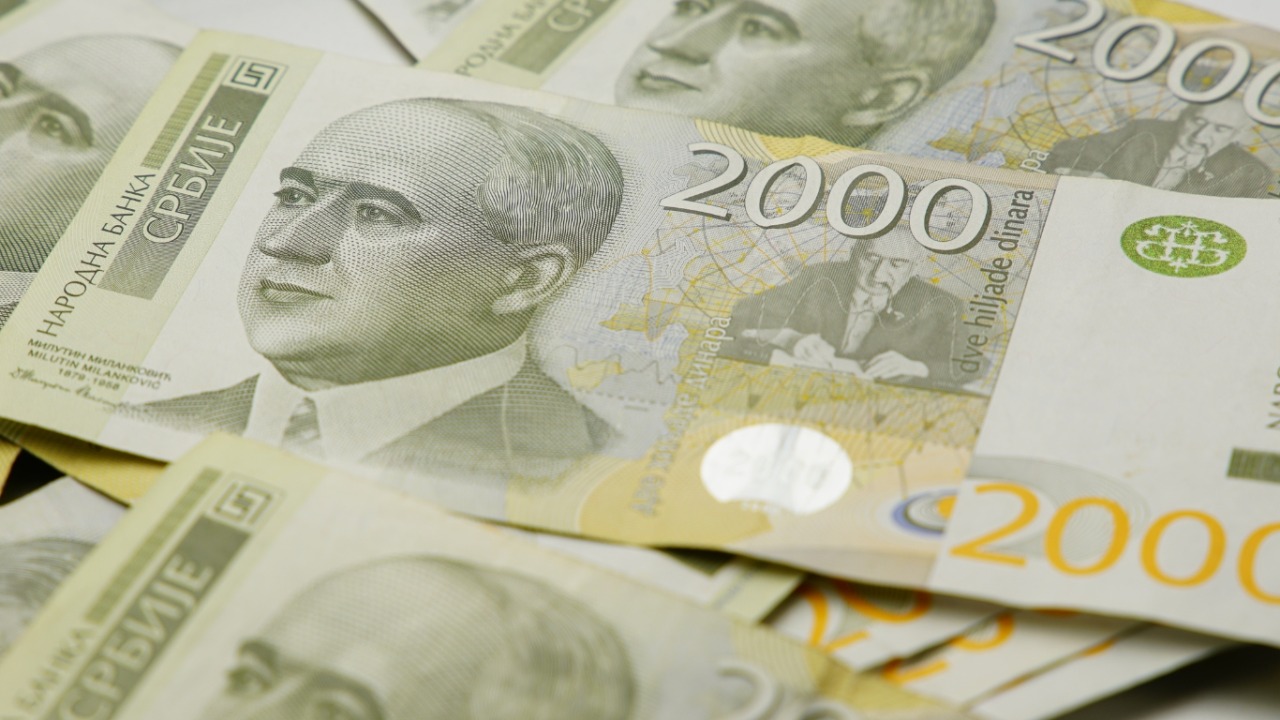
He also worked as a professor at the University of Belgrade. Today, craters on the Moon and Mars bear his name. The 2,000-dinar note celebrates a scientist whose ideas reached beyond Earth and into the cosmos.
5,000 Dinars – Slobodan Jovanović
Slobodan Jovanović (1869–1958) was a historian, lawyer, writer, and politician. A professor and rector at the University of Belgrade, he was also president of the Serbian Royal Academy. During World War II, he served as the head of the Yugoslav government-in-exile in London.

His works on constitutional law, history, and political theory remain influential. His portrait on the 5,000-dinar note symbolizes intellectual leadership and political thought in Serbian history.
Why These Figures?
The personalities chosen for Serbian banknotes were not selected by chance. Each represents a pillar of national identity:
- Language and literature (Vuk, Njegoš)
- Music and art (Mokranjac, Nadežda Petrović)
- Science and innovation (Tesla, Cvijić, Milanković)
- Economy and industry (Vajfert)
- Law and politics (Slobodan Jovanović)
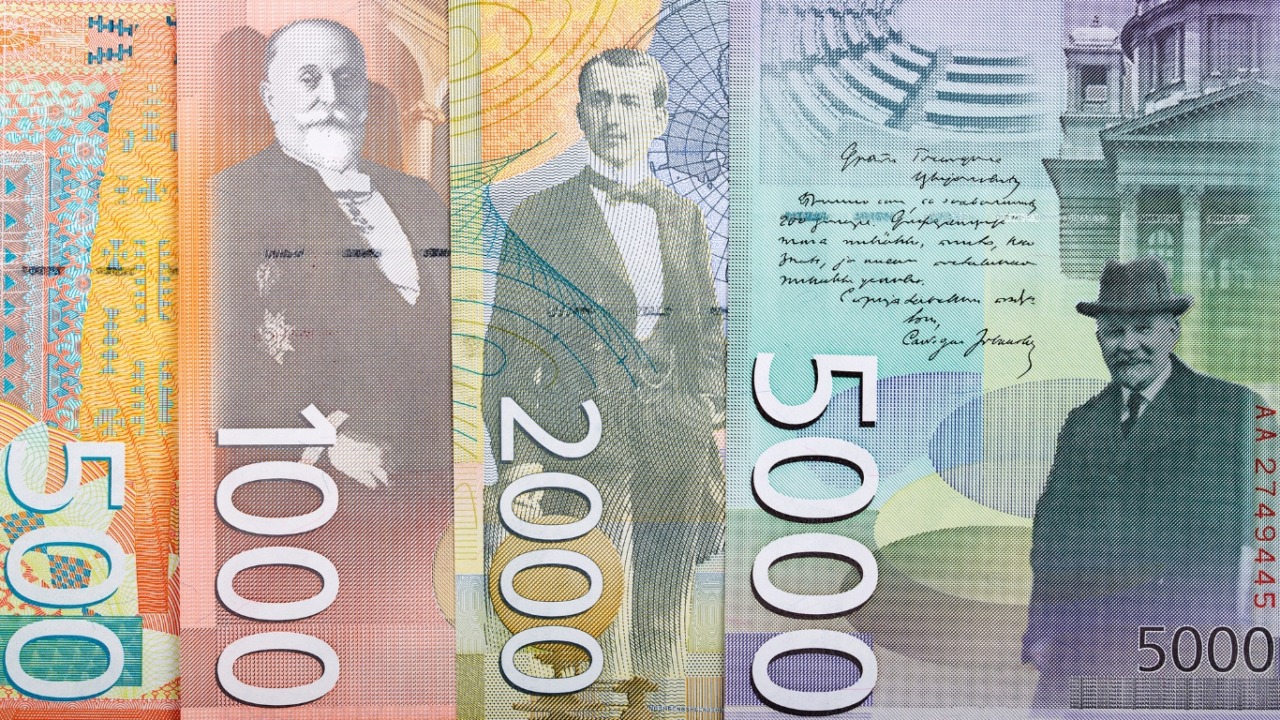
Together, they form a cultural gallery printed on paper – making banknotes not just money, but an everyday reminder of the people who built and defined Serbia.
Related Articles


Tourist Holiday Guide to Serbia: Tips, Traditions & What to Expect
December 20, 2025
Snow-Free Serbia Travel Ideas for 2026
December 17, 2025
What to Do with Kids in Serbia: Family-Friendly Holiday Ideas
December 14, 2025





